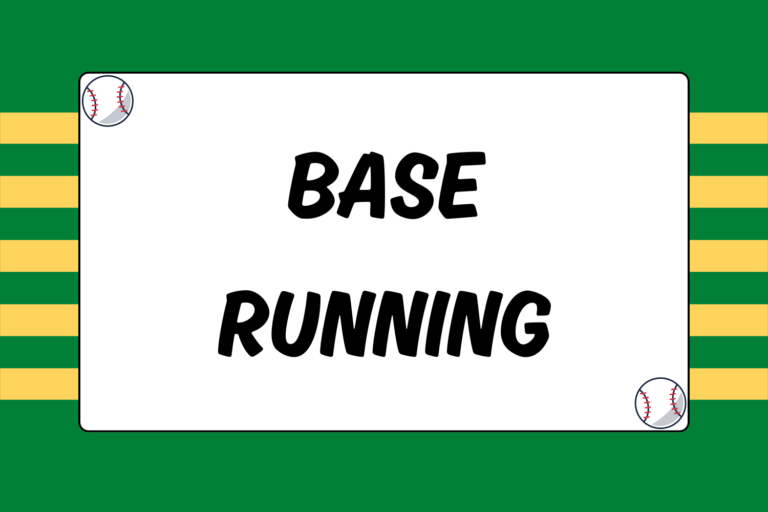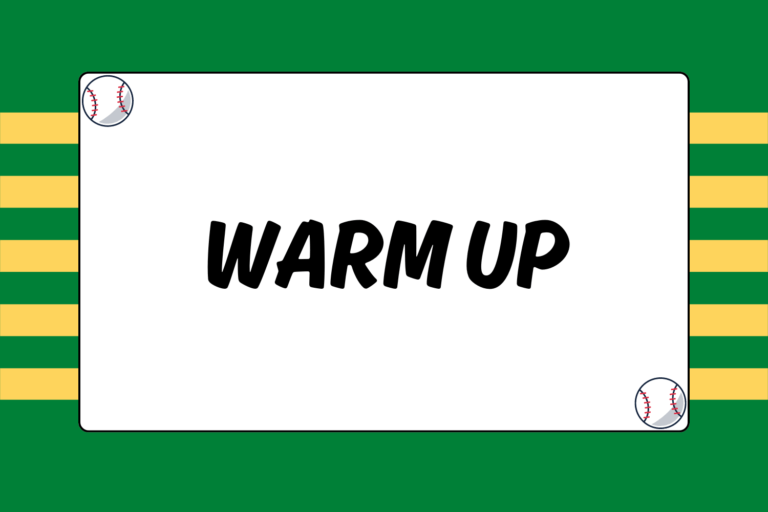If you’re new to baseball, there’s one skill you need to learn before any other: Throwing. Whether you’re picking up the game at the age of 7 or 47, it’s vital that you start with a solid basis of fundamentals. Learning how to throw correctly not only allows you to improve in other aspects of the game, it also protects your arm from injury.
Throwing a baseball overhand is not a natural human function; every throw places strain on your arm. But you can minimize your risk of a serious injury by warming up thoroughly, limiting the amount of throwing you do, and using proper mechanics. This guide covers everything you need to know to throw a baseball correctly.
Grip
Start by finding your grip on the baseball. If you’re a beginner — and really anytime you’re just playing catch — it’s best to use the four-seam grip. It’s called the four-seam grip because you can see all four seams rotating as the ball travels through the air. Generally speaking, this grip allows you to throw the ball straighter and with more velocity than any other grip.
Hold the ball with your middle and index fingers across the horseshoe-shaped seams, with your thumb below the baseball. If you’re a young player and your hands aren’t quite big enough to grip the ball with just two fingers, feel free to use your ring finger as a stabilizer — this is pretty common for youth players under the age of 12.
Throwing Mechanics
Now that you have the grip, it’s time to throw the baseball. Follow these steps:
- Find your target and position your body perpendicular to it — your shoulders, hips, and feet should all be pointed in a line directly at your target.
- Start with the ball in your throwing hand, and your throwing hand in your glove. Then take your hand (with the ball) straight down to your hip.
- Point your shoulder and elbow towards your target.
- In one motion, extend your glove out towards the target and your throwing hand back. Your arms should now be spread out so that your body resembles the letter T. This is called “getting extension,” and it’s an extremely important habit to develop.
- As you get extension, take a step towards your target with your front foot. This step provides the necessary forward momentum to power the throw.
- Continue your throwing motion by bringing the ball up so that it’s about level with your ear. Bend your elbow at a 90-degree angle, keeping your forearm vertical. Your throwing arm should resemble the letter L.
- From this position, begin to rotate your shoulders and hips so they open up towards your target. As you do this, bring your throwing arm forward.
- As you get to your release point, pull your glove and non-throwing elbow back in towards your body. This step takes time to master, but you want to avoid letting your glove flail as you throw. The more compact your body is while throwing, the easier it is to control the path of the baseball.
- Release the ball with your fingers on top of the baseball, and flick your wrist downwards. But don’t stop yet.
- Finish your throwing motion by following through completely. Your back leg should come forward and your throwing arm should reach all the way down to your opposite shin.
Once you’re familiar with these steps, put it all together and try to perform the throw in one smooth, continuous motion.
Hot Tip: Over the Top
If you watch enough baseball, you’ll notice that many players have different release points. Some players throw straight over the top, others drop their arms slightly and use a “three-quarters” delivery, and even a few players throw sidearm. You should do what feels comfortable. However, when you’re learning the technique, try to get in the habit of throwing as close to directly over the top as possible — this motion puts less strain on your elbow. Ultimately, releasing the ball with your fingers on top of the baseball is most important.
Keep Throwing
Everyone’s body is different, so your natural throwing motion is going to be somewhat unique. The basic mechanics, however, are always the same, and learning them allows you to throw the ball faster and farther. Most importantly, proper throwing technique helps prevent injuries to your shoulder and elbow.
Throwing a baseball comes more naturally to some than others, but it’s a skill that anyone can learn. The key is to practice constantly. If you’re just starting out, try to play catch every day. Pay attention to your mechanics, and soon you’ll be ready to get out there and play in a game!





